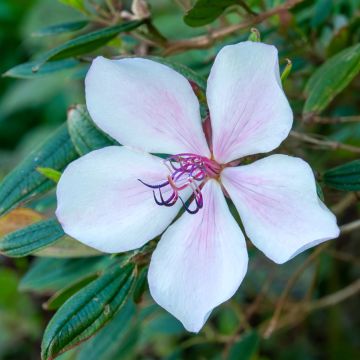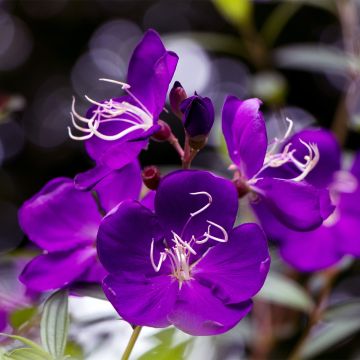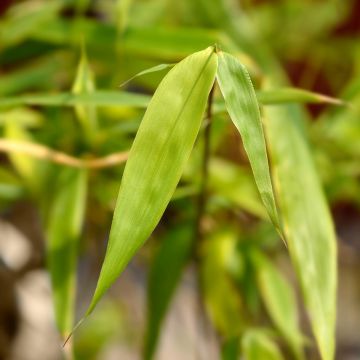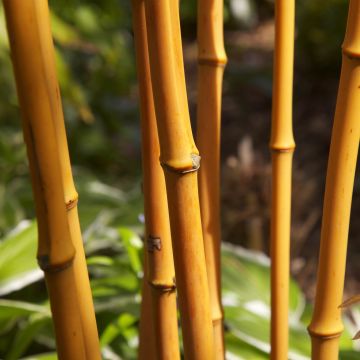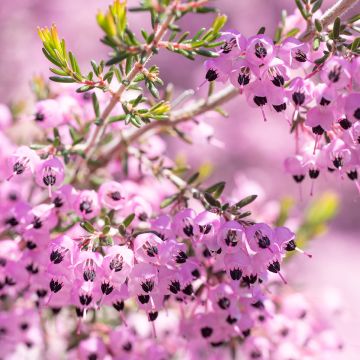

Tibouchina Groovy baby - Tibouchina nain
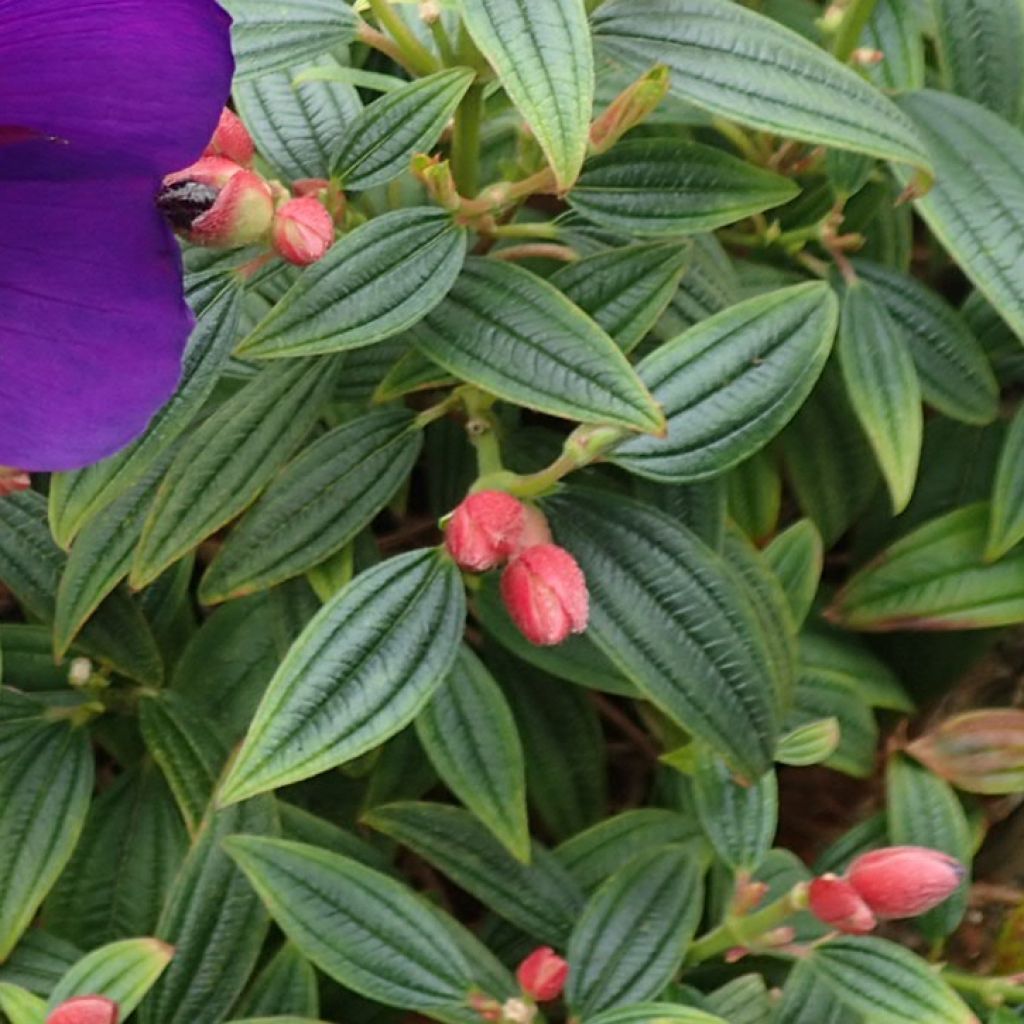

Tibouchina Groovy baby - Tibouchina nain
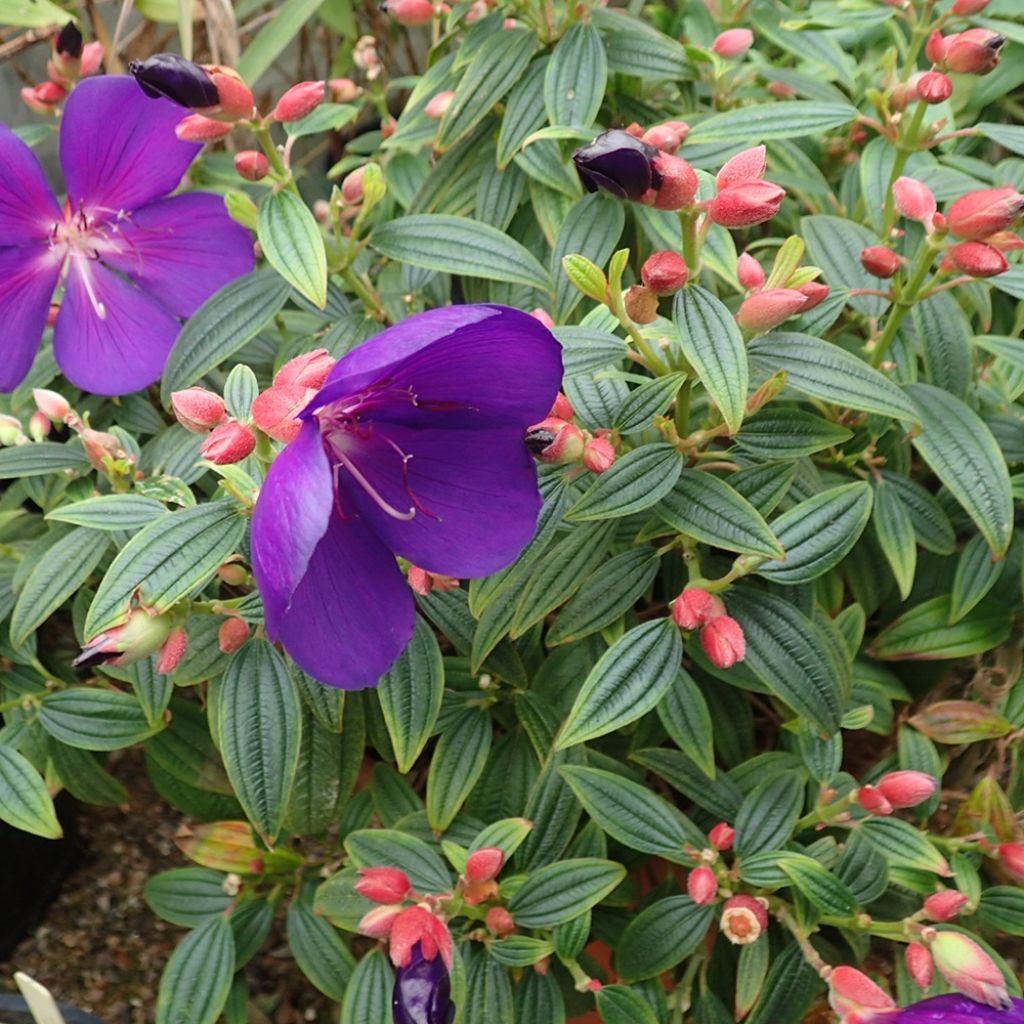

Tibouchina Groovy baby - Tibouchina nain
Tibouchina Groovy baby
Tibouchina urvilleana x mutabilis Groovy baby®
Glory Bush, Princess Flower, Lasiandra
I received my tibouchina in quite a bad condition: dry and stunted. I placed it in my veranda following the conditions mentioned on your website, but it's struggling to recover. It's the first time I'm disappointed by your plants, which is a shame. What do you suggest in this case? Thank you for your response. Kind regards.
MICHELE, 03/10/2024
Special offer!
Receive a €20 voucher for any order over €90 (excluding delivery costs, credit notes, and plastic-free options)!
1- Add your favorite plants to your cart.
2- Once you have reached €90, confirm your order (you can even choose the delivery date!).
3- As soon as your order is shipped, you will receive an email containing your voucher code, valid for 3 months (90 days).
Your voucher is unique and can only be used once, for any order with a minimum value of €20, excluding delivery costs.
Can be combined with other current offers, non-divisible and non-refundable.
Home or relay delivery (depending on size and destination)
Schedule delivery date,
and select date in basket
This plant carries a 24 months recovery warranty
More information
We guarantee the quality of our plants for a full growing cycle, and will replace at our expense any plant that fails to recover under normal climatic and planting conditions.
Would this plant suit my garden?
Set up your Plantfit profile →
Description
The Tibouchina Groovy baby is a new Australian variety, more branched and compact than the typical one, maintaining throughout its life the appearance of a small, bushy and rounded shrub of less than 1 metre (3 feet). This dwarf tibouchina, also with slightly increased hardiness, does not require repeated pruning and literally disappears under a multitude of large, unique blue-violet satin flowers throughout the summer. Outside of our mildest regions, spared from heavy frost, this wonderful bush will be planted in a large pot to be stored during the winter.
The Tibouchina urvilleana (synonyms Lasiandra semidecandra, Tibouchina semidecandra, Pleroma macrantha) is a large bush or small tree of the Melastomataceae family, native to tropical and subtropical regions of Brazil, appreciating warm and humid atmospheres. It is also called Tibouchine or Spider Flower, due to its long, recurved and jointed stamens resembling small legs.
The 'Groovy Baby' variety, resulting from a cross-breeding with Tibouchina mutabilis, is distinguished mainly by its shorter internodes and more numerous ramifications, giving the bush a much more compact and bushy habit. At maturity, the potted bush will reach about 80cm (32in) in height and 1m (3ft) in width, with slightly greater development if planted in the ground. It forms a very short trunk from which numerous quadrangular-sectioned branches, of a purplish hue and covered in hairs when young, emerge, later taking on a more brownish-gray color. These stems bear particularly ornamental foliage that appears woven with velvet. The leaves, smaller than those of T. urvilleana, are entire, elongated oval in shape with a tapering tip, and covered in very soft, transparent hairs, giving the lamina a magnificent silky sheen. They have a fairly dark green color on the upper side, more matte on the underside, and are traversed by 3 to 5 highly prominent longitudinal veins. Before falling, they take on a lovely orange hue. The flowering, particularly long and abundant, begins in August and can last until the following April if the plant is kept in full light and in a warm and humid atmosphere. Most often, this flowering withers in winter, due to a decrease in sunlight and temperatures. The solitary or clustered floral buds are tinged with purple. They open into 8cm (3in) diameter flowers, composed of 5 satin blue-violet petals arranged in a very open cup shape. The centre of the corolla, of a purple color, is occupied by long stamens of the same shade. All these colors, green, orange, purple, and bright violet, are found on this bush in full bloom, creating a rather fascinating spectacle.
The Tibouchina Groovy Baby is a sensational plant that irresistibly attracts anyone who has seen it in full bloom, covered in large corollas of an almost fluorescent blue-violet color, and dressed in antique green velvet. As it is only slightly frost-resistant (up to -3/-4°C (26.6/24.8°F) in a very sheltered position), it should only be planted in the ground in sheltered coastal gardens. The small orange flowers of shrubby potentillas ('Hopley's Orange') or the red flowers of shrubby salvias ('Royal Bumble', 'Flammenn') will perfectly enhance its large flowers. Just like the small yellow bells of the Diervilla splendens. Growing it in a large pot allows it to be adopted anywhere in Europe, where it will spend the entire summer outdoors and the winter in a greenhouse, conservatory, or even in a moderately heated room. It dislikes direct sunlight and thrives in a light, fertile (as it is a heavy feeder), moist but well-drained soil, close to neutrality.
Report an error about the product description
Tibouchina Groovy baby in pictures
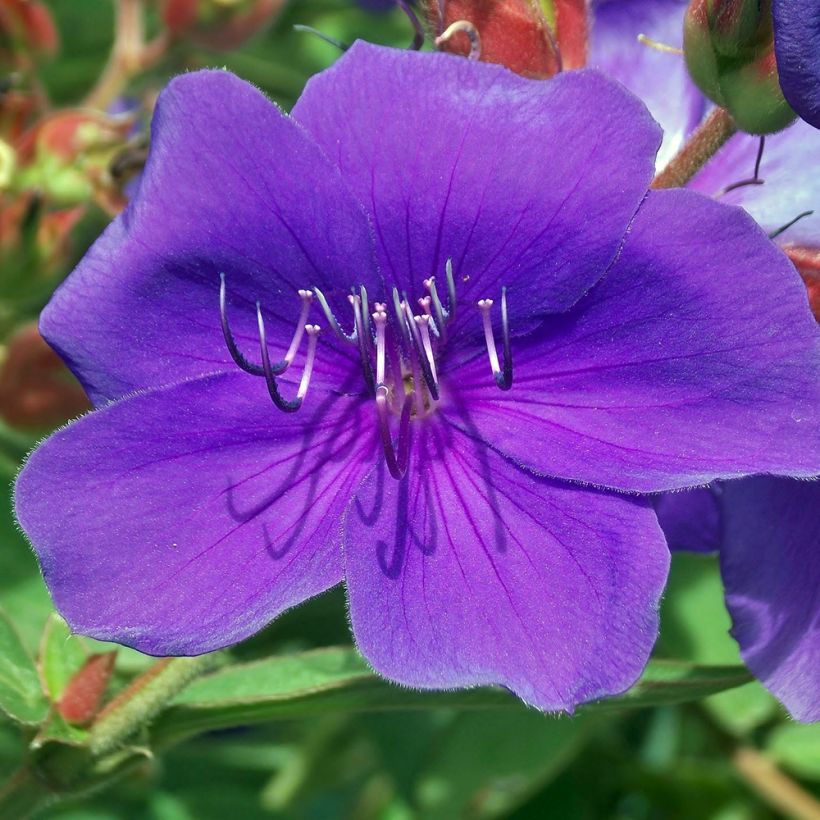

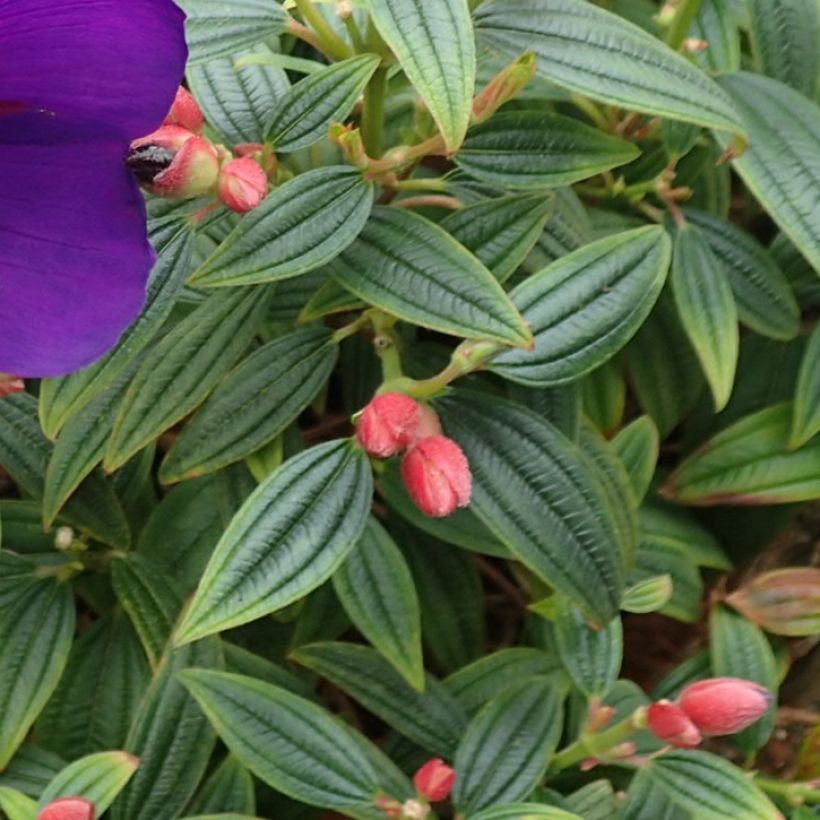

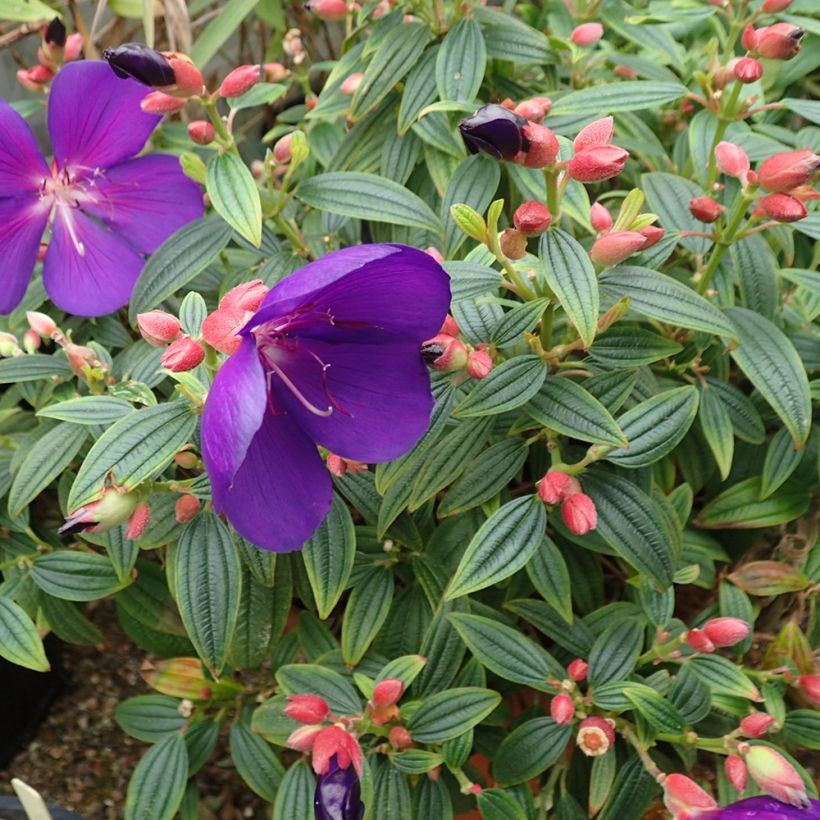

Plant habit
Flowering
Foliage
Botanical data
Tibouchina
urvilleana x mutabilis
Groovy baby®
Melastomataceae
Glory Bush, Princess Flower, Lasiandra
Cultivar or hybrid
Other Tibouchina
View all →Planting and care
Plant the Tibouchina in the ground in our mildest regions, in a sheltered position from wind and frost, or in a pot anywhere frost-free. Planting in spring allows you to witness their wonderful flowering from the first summer onwards. These bushes require a very bright but partially shaded exposure and are sensitive to direct and scorching sunlight at noon or in the afternoon. They appreciate deep, light, fertile soils that are well-drained and remain moist throughout the flowering period. As winter corresponds to a period of rest in our climates, the soil or planting substrate can be kept just moist, never wet or waterlogged. A mixture composed of leaf compost, compost, light garden soil (low in limestone), loam, and a little ericaceous soil (no more than 30%) seems suitable. An application of organic fertilizer is recommended in pots, once in spring (April) and a second time at the beginning of summer.
Pruning is not essential for the 'Groovy Baby' variety, naturally compact and ramified. If necessary, it should be done after the main flowering and before winter, usually in October.
In a greenhouse, conservatory, or indoors, monitor the appearance of pests such as scale insects, whiteflies, and red spiders, which particularly enjoy warm, confined, and dry atmospheres.
Planting period
Intended location
Care
Planting & care advice
-
, onOrder confirmed
Reply from on Promesse de fleurs
Similar products
Haven't found what you were looking for?
Hardiness is the lowest winter temperature a plant can endure without suffering serious damage or even dying. However, hardiness is affected by location (a sheltered area, such as a patio), protection (winter cover) and soil type (hardiness is improved by well-drained soil).

Photo Sharing Terms & Conditions
In order to encourage gardeners to interact and share their experiences, Promesse de fleurs offers various media enabling content to be uploaded onto its Site - in particular via the ‘Photo sharing’ module.
The User agrees to refrain from:
- Posting any content that is illegal, prejudicial, insulting, racist, inciteful to hatred, revisionist, contrary to public decency, that infringes on privacy or on the privacy rights of third parties, in particular the publicity rights of persons and goods, intellectual property rights, or the right to privacy.
- Submitting content on behalf of a third party;
- Impersonate the identity of a third party and/or publish any personal information about a third party;
In general, the User undertakes to refrain from any unethical behaviour.
All Content (in particular text, comments, files, images, photos, videos, creative works, etc.), which may be subject to property or intellectual property rights, image or other private rights, shall remain the property of the User, subject to the limited rights granted by the terms of the licence granted by Promesse de fleurs as stated below. Users are at liberty to publish or not to publish such Content on the Site, notably via the ‘Photo Sharing’ facility, and accept that this Content shall be made public and freely accessible, notably on the Internet.
Users further acknowledge, undertake to have ,and guarantee that they hold all necessary rights and permissions to publish such material on the Site, in particular with regard to the legislation in force pertaining to any privacy, property, intellectual property, image, or contractual rights, or rights of any other nature. By publishing such Content on the Site, Users acknowledge accepting full liability as publishers of the Content within the meaning of the law, and grant Promesse de fleurs, free of charge, an inclusive, worldwide licence for the said Content for the entire duration of its publication, including all reproduction, representation, up/downloading, displaying, performing, transmission, and storage rights.
Users also grant permission for their name to be linked to the Content and accept that this link may not always be made available.
By engaging in posting material, Users consent to their Content becoming automatically accessible on the Internet, in particular on other sites and/or blogs and/or web pages of the Promesse de fleurs site, including in particular social pages and the Promesse de fleurs catalogue.
Users may secure the removal of entrusted content free of charge by issuing a simple request via our contact form.
The flowering period indicated on our website applies to countries and regions located in USDA zone 8 (France, the United Kingdom, Ireland, the Netherlands, etc.)
It will vary according to where you live:
- In zones 9 to 10 (Italy, Spain, Greece, etc.), flowering will occur about 2 to 4 weeks earlier.
- In zones 6 to 7 (Germany, Poland, Slovenia, and lower mountainous regions), flowering will be delayed by 2 to 3 weeks.
- In zone 5 (Central Europe, Scandinavia), blooming will be delayed by 3 to 5 weeks.
In temperate climates, pruning of spring-flowering shrubs (forsythia, spireas, etc.) should be done just after flowering.
Pruning of summer-flowering shrubs (Indian Lilac, Perovskia, etc.) can be done in winter or spring.
In cold regions as well as with frost-sensitive plants, avoid pruning too early when severe frosts may still occur.
The planting period indicated on our website applies to countries and regions located in USDA zone 8 (France, United Kingdom, Ireland, Netherlands).
It will vary according to where you live:
- In Mediterranean zones (Marseille, Madrid, Milan, etc.), autumn and winter are the best planting periods.
- In continental zones (Strasbourg, Munich, Vienna, etc.), delay planting by 2 to 3 weeks in spring and bring it forward by 2 to 4 weeks in autumn.
- In mountainous regions (the Alps, Pyrenees, Carpathians, etc.), it is best to plant in late spring (May-June) or late summer (August-September).
The harvesting period indicated on our website applies to countries and regions in USDA zone 8 (France, England, Ireland, the Netherlands).
In colder areas (Scandinavia, Poland, Austria...) fruit and vegetable harvests are likely to be delayed by 3-4 weeks.
In warmer areas (Italy, Spain, Greece, etc.), harvesting will probably take place earlier, depending on weather conditions.
The sowing periods indicated on our website apply to countries and regions within USDA Zone 8 (France, UK, Ireland, Netherlands).
In colder areas (Scandinavia, Poland, Austria...), delay any outdoor sowing by 3-4 weeks, or sow under glass.
In warmer climes (Italy, Spain, Greece, etc.), bring outdoor sowing forward by a few weeks.






























